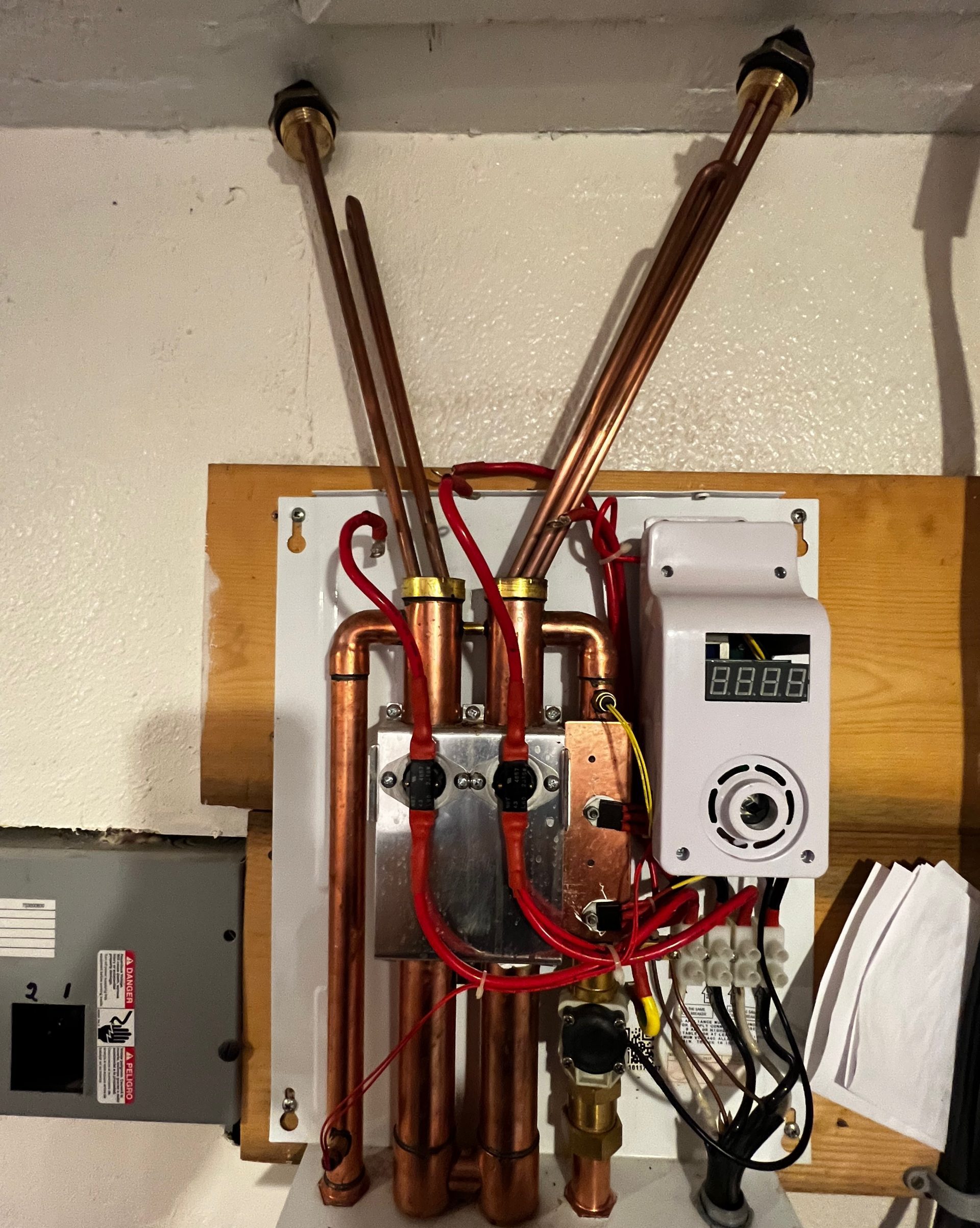Steps on How to Maintain Your Home's Hot Water System EffectivelyEssential Advice on Caring for Your Home's Hot Water SystemEasy Steps to Caring for Your Home's Hot Water System
Steps on How to Maintain Your Home's Hot Water System EffectivelyEssential Advice on Caring for Your Home's Hot Water SystemEasy Steps to Caring for Your Home's Hot Water System
Blog Article
Listed here underneath you'll find a good deal of good resources related to What Kind of Maintenance Do Water Heaters Need?.

Warm water is vital for daily convenience, whether it's for a refreshing shower or cleaning meals. To guarantee your hot water system runs efficiently and lasts much longer, regular maintenance is vital. This post provides functional tips and understandings on how to preserve your home's warm water system to prevent disturbances and expensive repairs.
Introduction
Preserving your home's hot water system may appear difficult, but with a couple of simple steps, you can guarantee it operates efficiently for years to come. This overview covers everything from comprehending your warm water system to do it yourself maintenance ideas and knowing when to contact specialist assistance.
Value of Maintaining Your Hot Water System
Normal maintenance not only expands the lifespan of your hot water system yet also ensures it runs efficiently. Overlooking upkeep can bring about lowered efficiency, higher energy expenses, and also early failure of the system.
Indications Your Warm Water System Demands Maintenance
Understanding when your warm water system requires focus can avoid major concerns. Keep an eye out for signs such as inconsistent water temperature level, odd sounds from the heating system, or rusty water.
Understanding Your Hot Water System
Before diving into upkeep jobs, it's handy to understand the basic elements of your warm water system. Normally, this consists of the hot water heater itself, pipelines, anode poles, and temperature level controls.
Monthly Maintenance Tasks
Regular regular monthly checks can assist capture small concerns prior to they rise.
Purging the Hot Water Heater
Flushing your water heater removes sediment buildup, improving effectiveness and extending its life.
Checking and Replacing Anode Rods
Anode rods avoid rust inside the storage tank. Checking and changing them when worn is vital.
Checking and Changing Temperature Level Setups
Changing the temperature settings guarantees ideal performance and safety.
DIY Tips for Maintenance
You can execute numerous upkeep jobs yourself to keep your warm water system in leading condition.
Checking for Leaks
Routinely examine pipes and links for leakages, as these can cause water damages and higher bills.
Testing Stress Relief Valves
Evaluating the pressure relief valve guarantees it works properly and avoids excessive pressure build-up.
Protecting Pipes
Insulating warm water pipelines minimizes heat loss and can save power.
When to Call an Expert
While DIY maintenance is valuable, some concerns need professional expertise.
Facility Problems Requiring Specialist Aid
Examples consist of significant leaks, electric issues, or if your water heater is consistently underperforming.
Regular Expert Upkeep Perks
Expert upkeep can consist of comprehensive assessments, tune-ups, and guaranteeing conformity with security standards.
Final thought
Regular maintenance of your home's warm water system is crucial for efficiency, durability, and price savings. By adhering to these tips and understanding when to look for professional assistance, you can make certain a reputable supply of warm water without unexpected interruptions.
How to Maintain an Instant Hot Water Heater
Before tinkering with your hot water heater, make sure that it’s not powered on. You also have to turn off the main circuit breaker and shut off the main gas line to prevent accidents. Also turn off the water valves connected to your unit to prevent water from flowing into and out of the appliance. 2. When you’re done, you have to detach the purge valves’ caps. These look like the letter “T” and are situated on either side of the water valves. Doing so will release any pressure that has accumulated inside the valves while at the same time avoid hot water from shooting out and burning your skin. 3. When the purge valves’ caps are removed, you have to connect your hosing lines to the valves. Your unit should have come with three hoses but if it didn’t, you can purchase these things from any hardware or home repair shops. You can also get them from retail stores that sell water heating systems. Read the user’s manual and follow it to complete this task properly. When the hosing lines are connected, open the purge port’s valves. 4. You should never use harsh chemical cleaners or solutions when cleaning your unit. Make use of white vinegar instead. It should be undiluted and you’ll probably use about 2 gallons. 5. Now flush your water heater. This task should probably take about 40 minutes. We can’t give you specific directions for this because the procedure is carried out depending on the type, model and brand of your heater. With that being said, refer to the user’s manual. 6. When you’re done draining the unit, you have to turn off the purge port valves again. Remove the hosing lines that you earlier installed on each of the water valves. Put the valve caps (purge port) back in their respective places and be very careful so as not to damage the rubber discs that are found inside these caps. 7. Now that everything’s back in place, check your user’s manual again to find out how to reactivate your water heating system. 8. Once it is working, turn one of your hot water faucets on just to let air pass through the heater’s water supply pipes. Leave the tap on until water flows smoothly out of it. https://www.orrplumbing.com/blog/2014/september/how-to-maintain-an-instant-hot-water-heater/

As a reader about Tips on Maintaining a Water Heater, I assumed sharing that piece of content was sensible. Those who enjoyed our blog posting plz be sure to share it. Bless you for your time. Revisit us soon.
Free Estimates Report this page